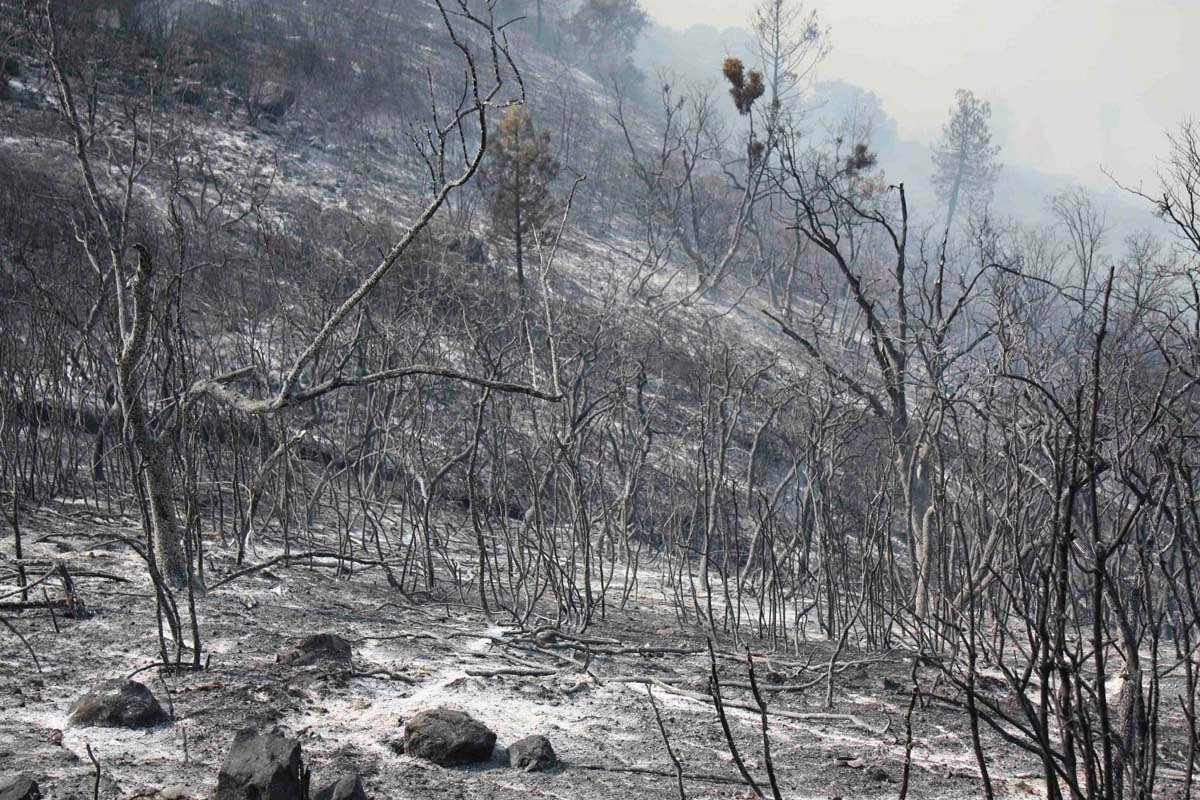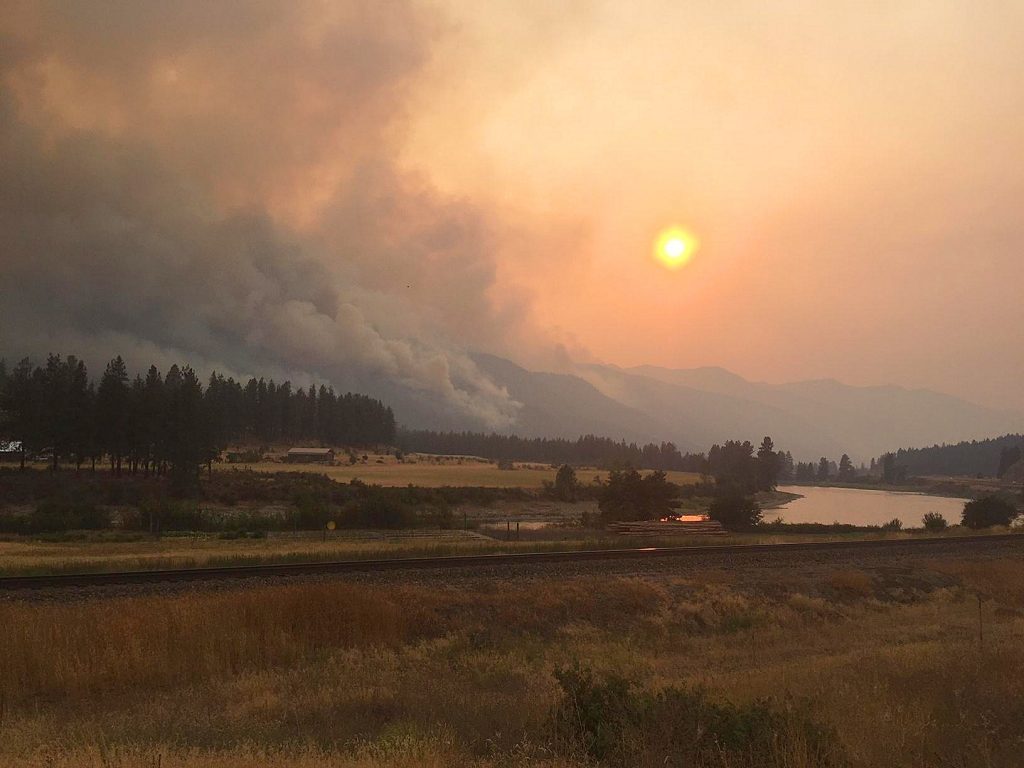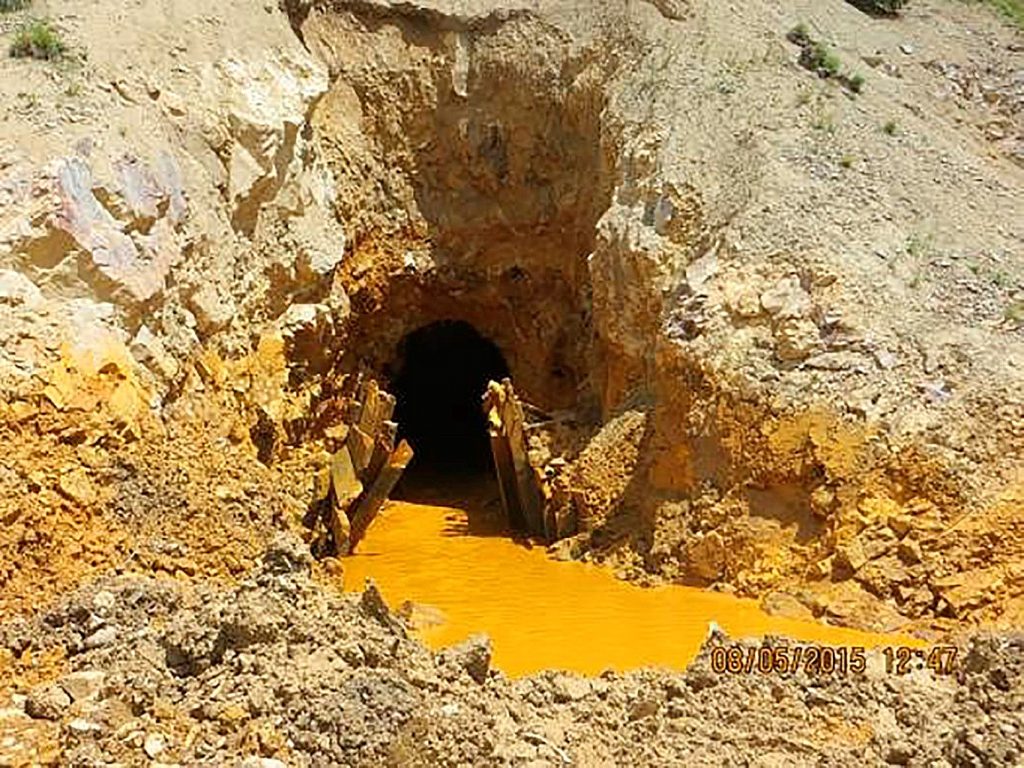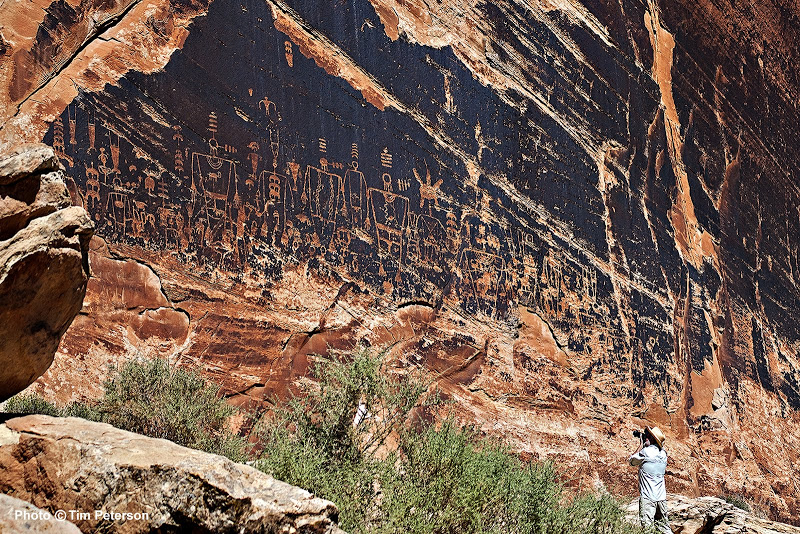Ranchers seek new ways to heal fire-scorched soil
Holistic cattle management workshop teaches soil recovery

Multiple species of plants are keys to building deep, rich and moist layers of soil said workshop leader Spencer Smith.
Soil covers almost everything in the natural world: it is underfoot, under the forest, under the grasslands. It is everywhere and taking better care of it can improve the recovery from the Butte Fire, an expert said Saturday during a workshop near Ione.
Spencer Smith, a rancher from Modoc County and an employee of the Savory Institute, Jefferson Center of Holistic Management, told a group of 15 workshop participants that throughout human history, populations “have been growing and dying depending on how we treat our soil. Every culture, from the dawn until now rose and fell depending on how they treated their soil,” he said.
Sue Holper of Mountain Ranch owns ranch land that burned in the Butte Fire. Holper said she joined the workshop “for hope.”
Holper was’t the only one.
“My whole ranch burned,” said Debra Jawlor of Mountain Ranch. “I want to figure out what to do with what’s left.”
Not everyone at the workshop owned recently burned land. Some say they face other challenges as they manage agricultural land.
Marcus Collonge of the Catholic Worker Farm near Arnold said he joined the workshop to learn about holistic management and how to preserve water in the soil for his farming operation.
Gerald Waagen of Valley Springs said the drought prompted him to attend the workshop.
“We use our farm for personal food production,” Waagen said. “The drought has presented problems with our pastures and I want to figure out a way to save water on 10 acres.”
“There’s no magic bullet,” Smith said. “But soil is the basis of everything we do, and in an area like the Butte Fire, holistic management can speed recovery.”
Smith showed workshop participants the result of poor soil management and good soil management on two areas along a rural road not 30 yards apart. There was a broad mix of vegetation where the soil was pliable and moist versus a hardpan with only a few plants where it was not.
Cattle can be used to promote useful and mixed vegetation by timely placement of the herd on pastureland and gradual movement across the landscape, Smith said. Cattle eat the grasses and release dung and urine that encourages the kind of underground network that builds deep, moist, black soil that is linked by a very important element called mycorrhizal fungi.
“What we’re looking for as an end result is soil that looks like black cottage cheese,” he said.
He said much of the soil in the U.S. has been stripped of its mycorrhizal fungi as land managers pursue a linear approach to agriculture. “But is doesn’t work that way. Nature builds in circles and everything is connected. You can’t remove something and expect it will have no effect.”
“Nature is not competitive. It is ruthlessly collaborative,” he added.
According to the Savory Institute, ecosystems that function at a high level will control pests, and are resilient to drought, floods and fire.
Reposted by Free Range Report Admin.



